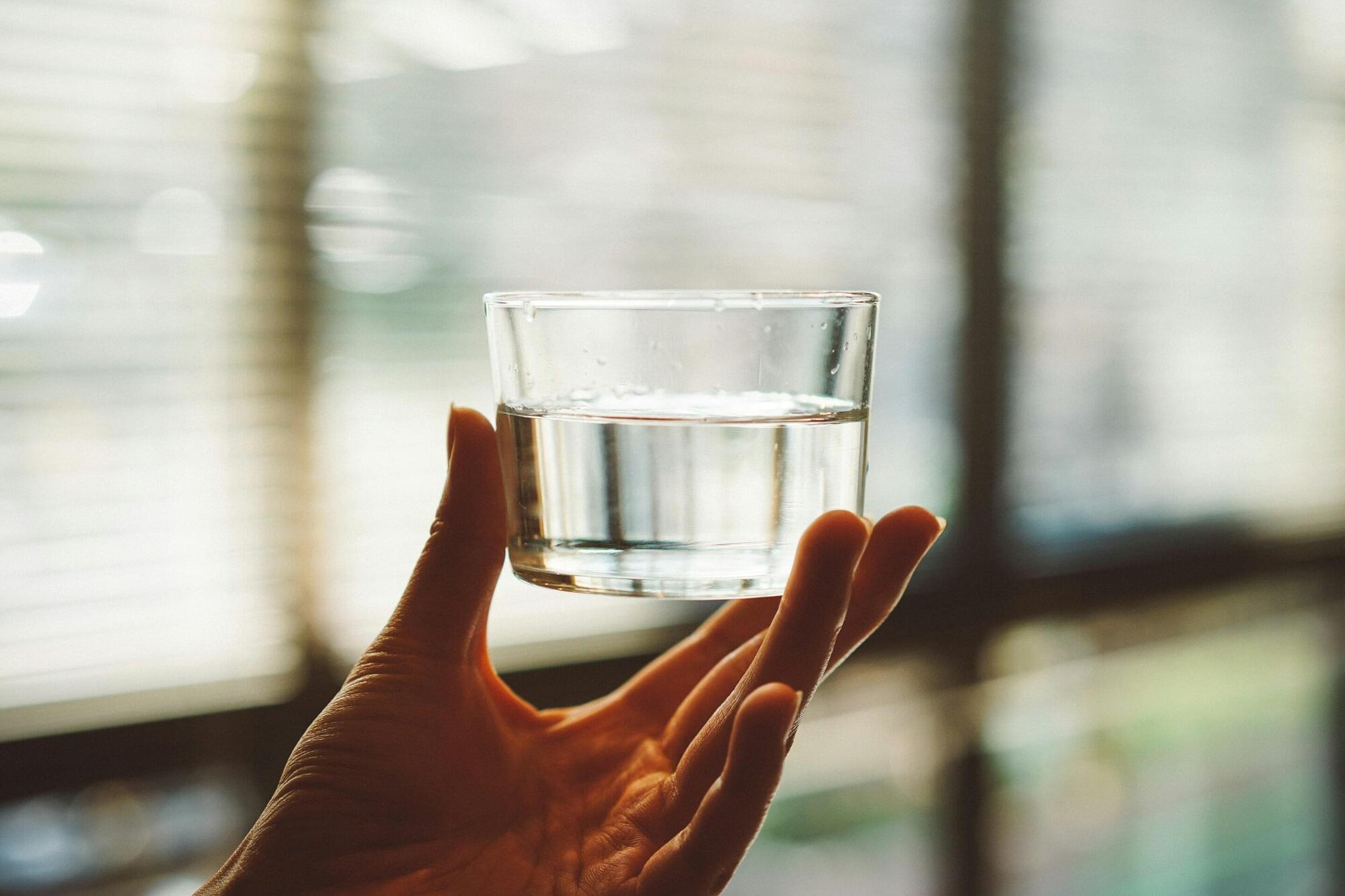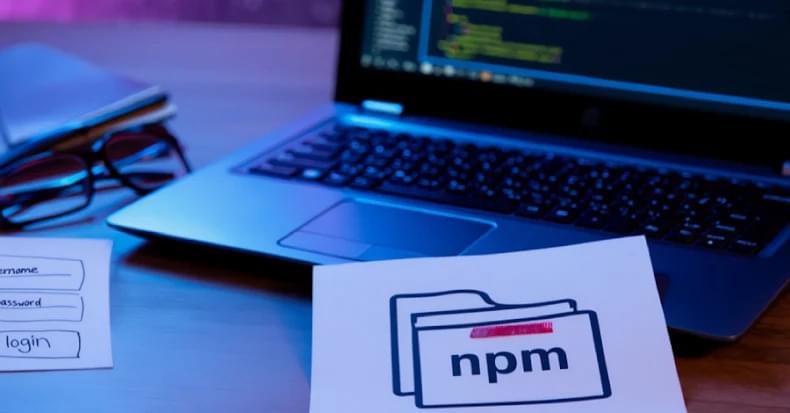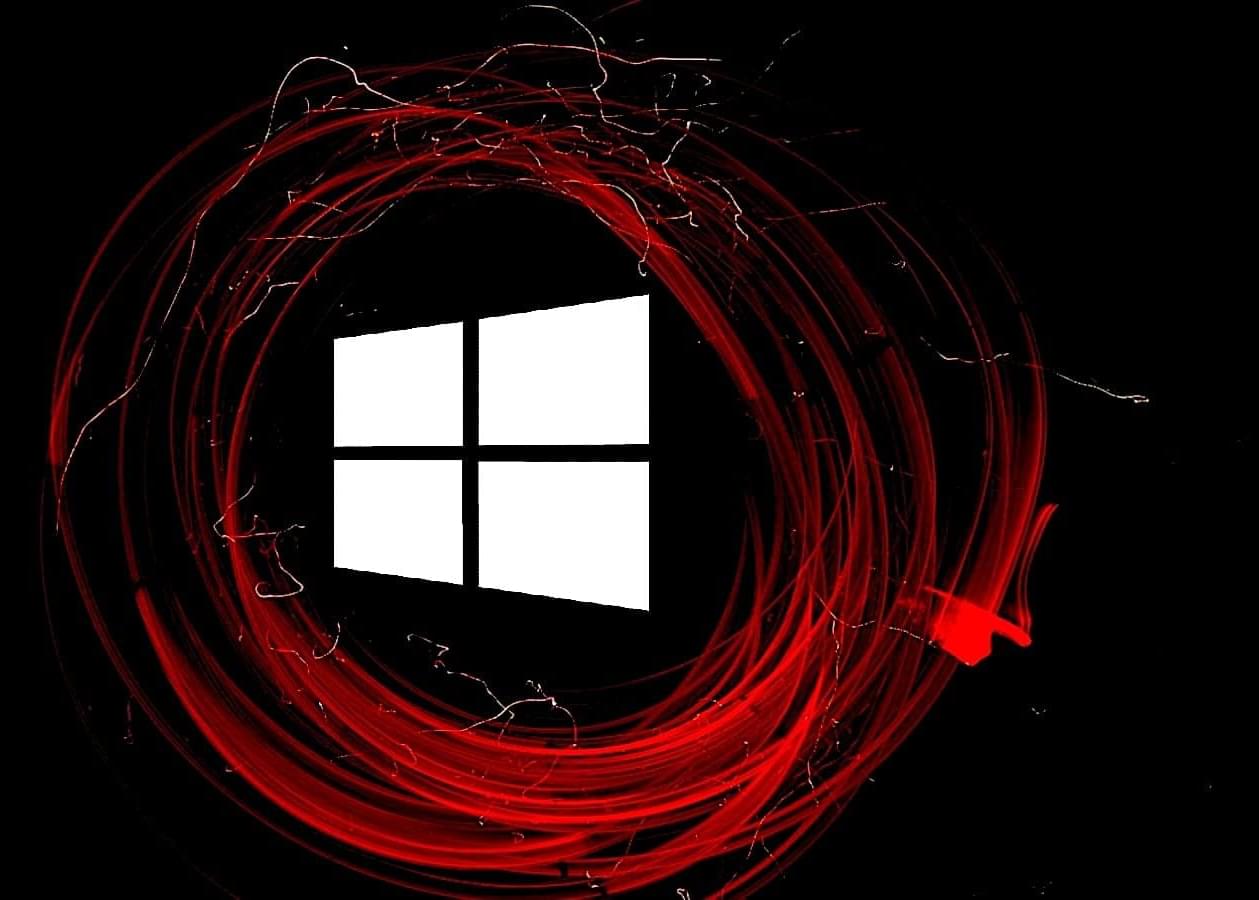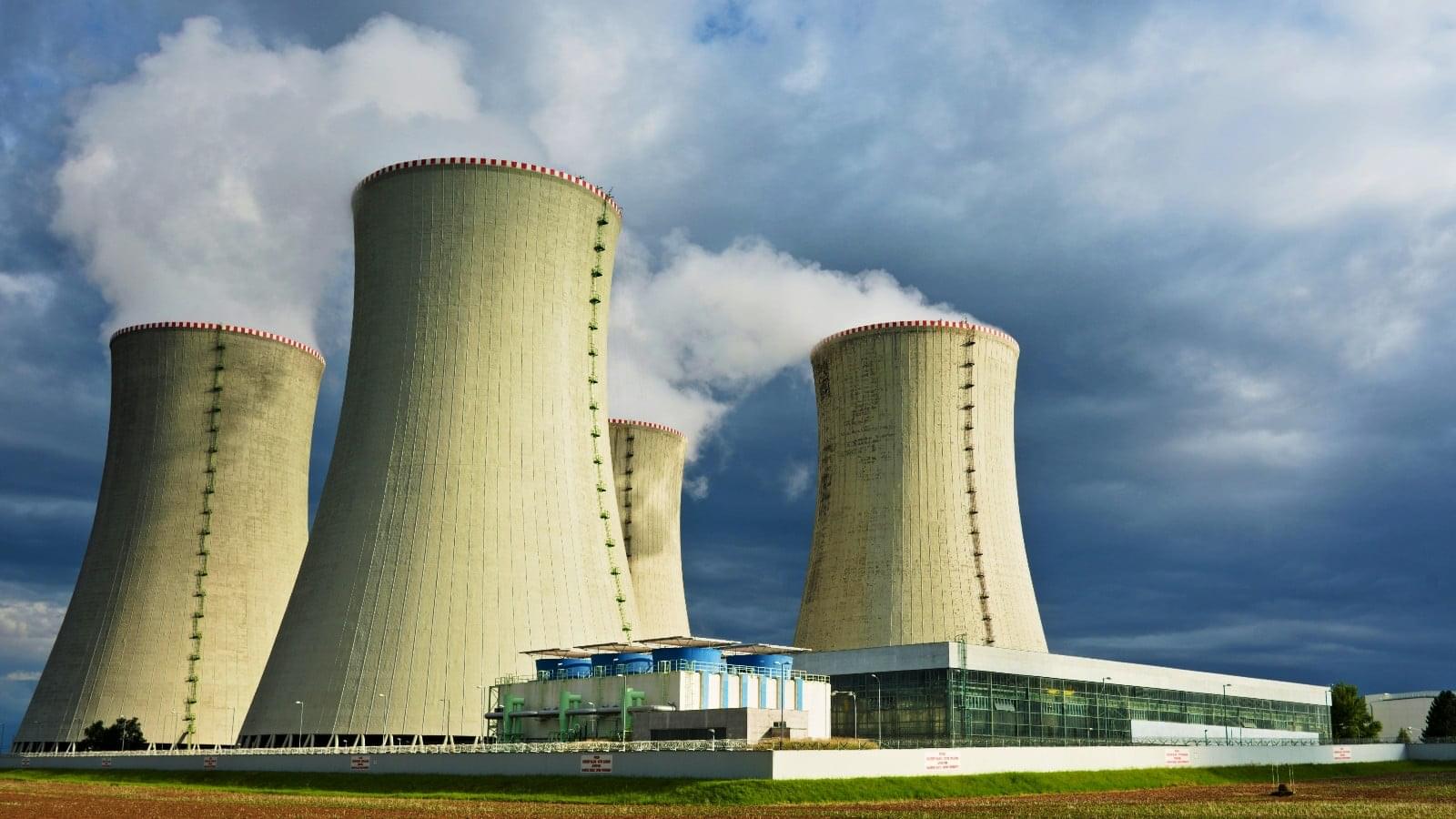Let’s travel back in time. We are in Malta, deep beneath the earth, inside a chamber, where the only light is that of torches. We hear a low hum that reverberates through the stone walls. A priestess enters, chanting a mantra, resonating within the walls, and her voice echoes with unparallel precision, while rhythmic drumbeats pulse like a heartbeat. The participants are entranced, they feel their minds slip from this mundane world into realms of heightened awareness. Suddenly, visions of spirits, out-of-body journeys, and profound insights interfere with the very nature of reality. Do you think this is fantasy? Absolutely not. This is the essence of the ancient rituals where sound and vibration served as gateways to altered states of consciousness. As we go deep into the mysteries of sacred sounds, we will uncover how mantras and drums were instruments of rebellion against the illusions of the material world, where mystics challenged the tyrannical grip of false gods through transcendent practices.
In this fascinating exploration, we will travel through time and cultures, and we will examine the scientific and spiritual foundations of these auditory phenomena. We will move from the shamanic drums of indigenous tribes to the mantras of the Vedic sages and the hymnic invocations of ancient Greece. And we will find a common thread: the “sound”. The universal key to unlocking the mind’s hidden potentials. We’ll also venture into archaeoacoustics, the study of sound in ancient sites, and connect these old practices to modern research on binaural beats, revealing how vibration continues to bridge the ancient and the contemporary in our quest for cosmic liberation. And as usual, we keep reinventing ancient knowledge of thousands of years before us.








